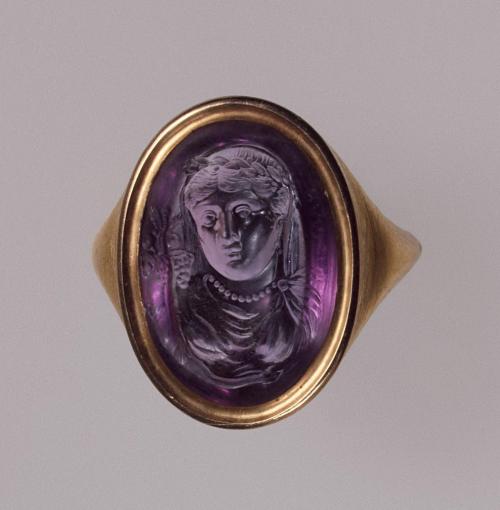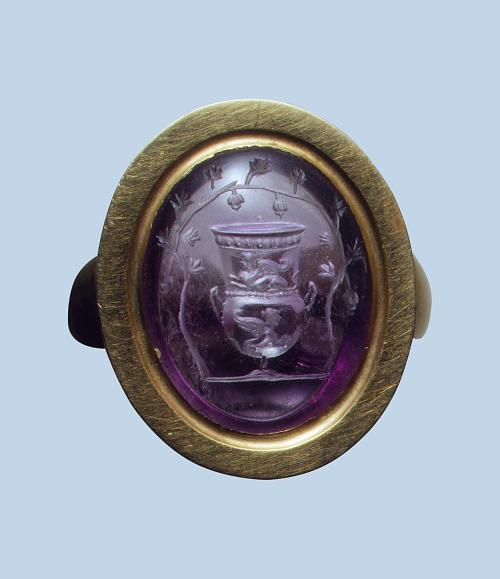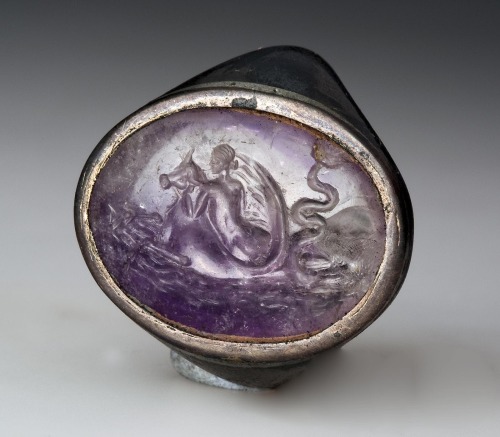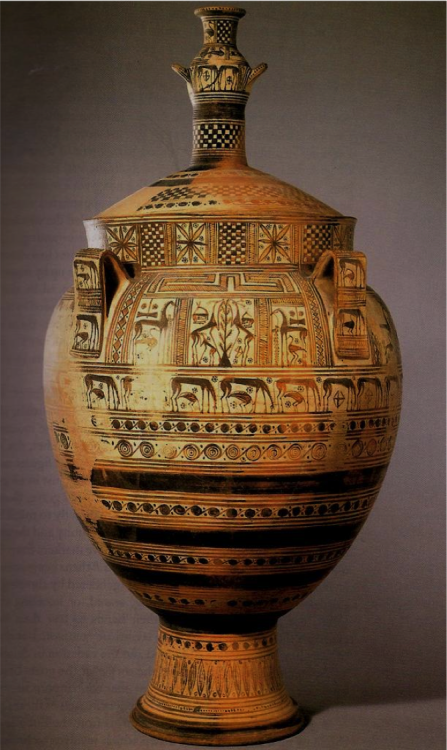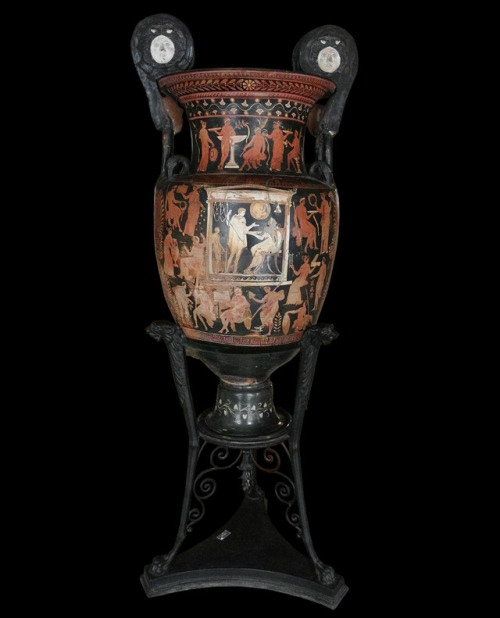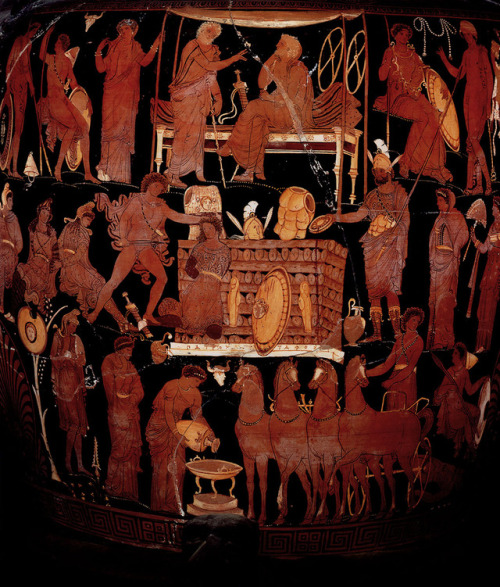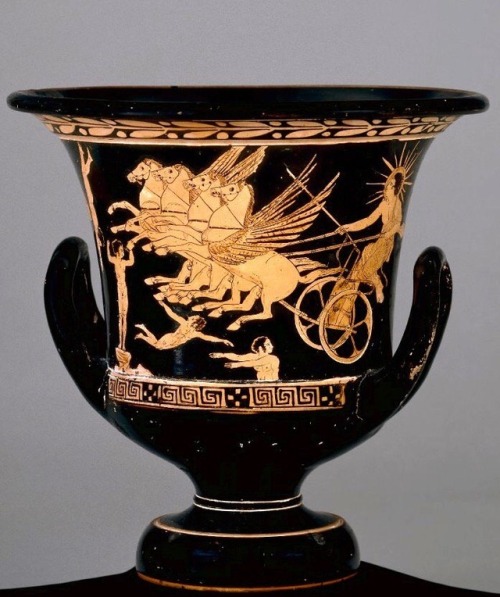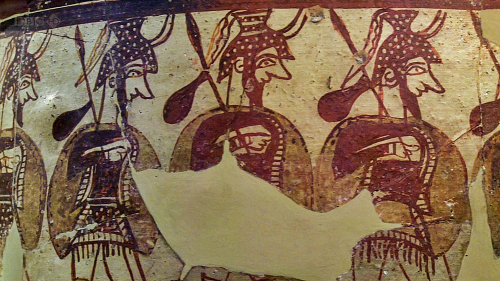#krater
The Goddess Fortuna
Krater and Vine
Abduction of Europa
- Ancient Roman carved amethyst intaglio rings (Hermitage Museum)
Post link
“Dark Flames”
www.youtube.com/watch?v=pe3DCAxYHNY
Music by Krater
(This song is called ‘Flammen im Vakuum’ [Flames in Vacuum] taken from their latest album named ‘Urere’ which was released by Eisenwald Tonschmiede on the 26th of February, 2016.
Krater is a black metal with influenced by atmospheric/symphonic/epic black metal, and misanthropy. The band is coming from Lichtentanne, Germany. It was found in 2003.
Here’s the current lineup:
Abortio [vocals and bass | see also: Dusken (live), ex-Nachtfalke (live) etc.],
Shardik [drums | see also: Coldun, ex-Pentdragonetc.],
Ibbur [guitars],
3E.3 [guitars].)
Artwork has been taken from www.wallpapershome.com/art/dragon-black-fire-castle-bridge-lava-smoke-fantasy-art-2063.html.
Post link
Calyx-krater with Hermes and a woman
Attributed to the Mykonos Painter
Attica, Greece, c. 460-450 B.C.
red-figure ceramic with added red
LACMA
Post link
Fragment of a krater depicting Poseidon and a goddess. 5th century BC
Image from the Thorvaldsen Museum via their online collection:H596
Post link
Athenian Late Geometric krater, c. 750 BCE, about 4 feet tall, New York, Metropolitan Museum of Art
Post link
Euboian Late Geometric krater, c. 750 BCE, approx. 3’9” tall . New York, Metropolitan Museum of Art. (Neer 3.15)
Post link
~ So-called “Vase of Patroclus”/Red-figure volute-krater.
Place of origin: Apulia
Artist: Darius Painter
Date: 340—320 B.C.
Medium: Clay
Provenance: Naples, National Archaeological Museum
(Museo archeologico nazionale di Napoli)
Post link
Helios in his chariot emerges from the sea.
Pottery: red-figured calyx-krater.
Made in Attica (Greece)
Excavated: Puglia, Italy.
430 BC
British Museum
Post link
Ancient Worlds - BBC Two
Episode 1 “Come Together”
KraterfromMycenae,Greece, known as the Warrior Vase.
Late Helladic period (late Bronze Age), 1200-1100 BC.
The painted terracotta vase was found by Heinrich Schliemann on the acropolis of Mycenae. During the 1870s Schliemann excavated the ancient Shaft Graves, a royal cemetery, where he discovered spectacular grave goods.
The large vase depicts a group of heavily armed warriors (helmet, cuirass, greaves, shield and spear) as they depart for war, a sack of supplies hanging from their spears. A woman, standing to one side, bids them farewell. It is one of the best known examples of Mycenaean Pictorial style
Ancient greeks used kraters to mix wine and water.
National Archaeological Museum, Athens, Greece
Post link
A winged Eros presenting a goose to a seated, draped, Aphrodite holding a fan in the right hand.
(Apulian krater, circa 370-360 BCE. Now in a private collection…)
Post link

